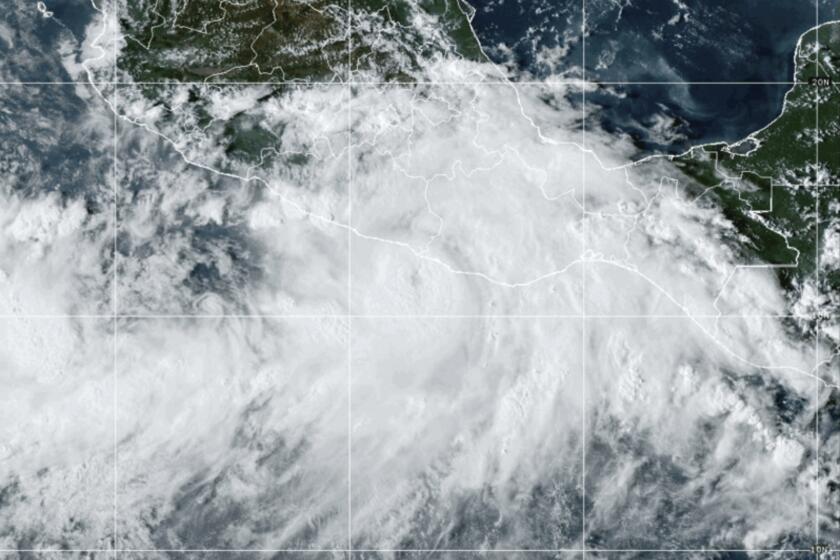Seattle’s top story: Keeping residents safe
With seven people dead and more than 150 people hospitalized with symptoms of carbon monoxide poisoning, the Seattle Times devoted the top half of its front page Wednesday to publishing an urgent warning in six languages: Do not burn charcoal or use gasoline generators indoors, and do not use gas ovens to heat your homes.
These are all things people have done here in recent days in a desperate bid to get warm, as 100,000 customers remained without power after last week’s severe windstorms, and as winter winds and rain continued their assault on the Northwest.
A new front moved in Wednesday, nowhere near as severe as last week’s storm, but more than enough to hinder repair efforts by exhausted and waterlogged crews.
The polyglot nature of the Times’ front page warnings -- in English, Spanish, Chinese, Vietnamese, Somali and Russian -- reflects not only the ethnic diversity in the area, but also the fact that people in immigrant communities appear to have been especially struck by the outages and in the attendant wave of carbon monoxide poisonings.
Four members of a Vietnamese family in the Seattle suburb of Burien were found dead in their home Monday, apparently poisoned by fumes from a gasoline-powered generator they had set up in the garage. Two Latino men died in similar incidents in Renton and Kirkland.
In Kent, another suburb, 42 Somali immigrants in an apartment complex became ill over the weekend and were taken to a hospital for oxygen treatment after using charcoal grills inside.
“The urgent message is, you can’t run a generator or a grill inside,” said Sgt. John Urquhart of the King County Sheriff’s Office. Carbon monoxide, he said, is “an odorless, colorless gas, and it will kill you.”
Initial symptoms of poisoning by the gas, produced when fuel is burned, include headaches, fatigue, dizziness and nausea. If a victim does not get fresh air, the poisoning proves fatal.
For those without power, the lure of a grill, an oven or a generator is obvious: anything to make the family warm.
As carbon-monoxide victims continued to be hospitalized for treatment, David Boardman, executive editor of the Seattle Times, the larger of two daily newspapers here, came up with the unusual idea of multiple-language warnings on the front page.
“I had a pretty clear sense of what we needed to do,” Boardman said. “I had no idea how complicated and difficult it was going to be to pull off.”
The Times -- which was hit by power outages at its printing plant and knocked out of circulation Friday -- worked with local health and community officials to translate the warnings, then had to render characters in Chinese and Russian.
Although many of those the Times wanted to reach weren’t regular readers of the paper, Boardman said the idea was “to do something that was loud enough and obvious enough, arresting enough, that it might catch their eyes” if they were out at a store or gas station.
The Times also posted the warnings on its website, and provided a link for those with power to print and distribute the messages in neighborhoods across the region.
Boardman said the response to the front page had been “overwhelmingly positive,” though he had heard of scattered complaints that people living here should speak and read English and that the newspaper had no business running headlines in other languages.
“This was a clear call,” Boardman said. “We don’t want any more people to die from carbon monoxide.”
*
More to Read
Sign up for Essential California
The most important California stories and recommendations in your inbox every morning.
You may occasionally receive promotional content from the Los Angeles Times.










